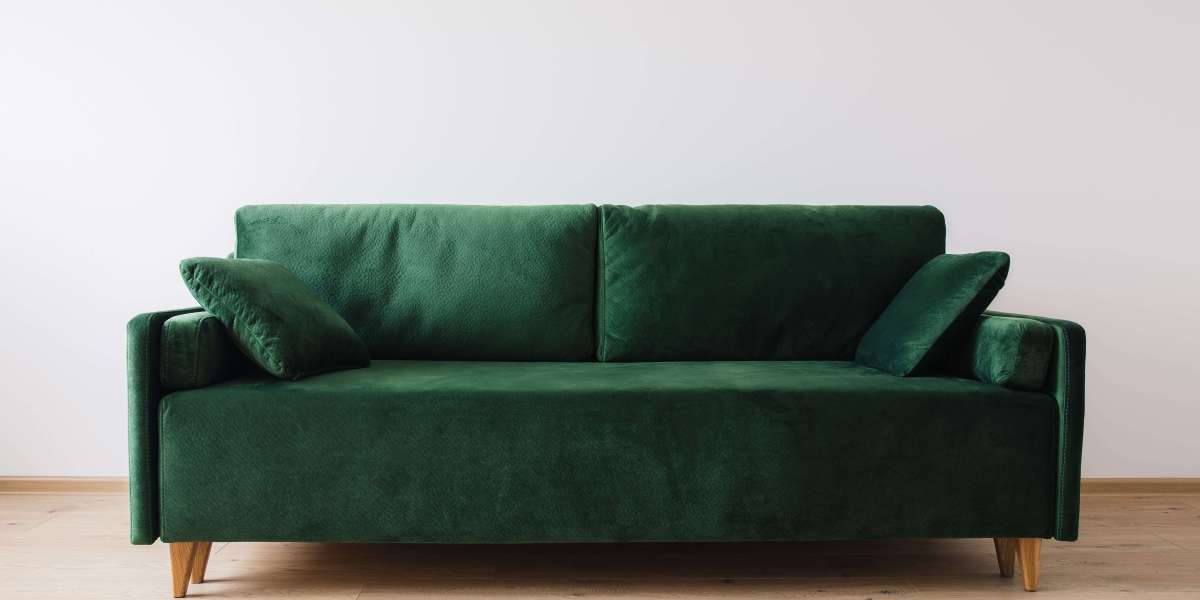Stable belts are more than just a functional accessory; they are an important part of military, police, or cadet uniforms, symbolizing identity, pride, and tradition. Whether you are joining the armed forces, a cadet program, or a uniformed service, selecting the right stable belt can enhance your uniform’s appearance while providing practical benefits.
Choosing the right belt involves understanding its purpose, materials, design, and how it complements your specific uniform requirements. This guide will help you navigate the key factors to consider when selecting a belt that suits your needs perfectly.
What Is a Stable Belt?
A stable belt is a wide, durable belt traditionally worn around the waist with military or uniform attire. Originally designed for stability during physical activities and to provide back support, it has evolved into a symbolic accessory that often carries regimental or unit colors, badges, and insignia.
Stable belts are typically made from strong woven fabrics with leather or metal fittings. They serve both functional and ceremonial roles, ensuring your uniform looks polished and professional.
Key Factors to Consider When Choosing a Belt
1. Material
The fabric and construction of a belt influence its durability, comfort, and overall look.
Webbing Material: Most Belts use tightly woven nylon or cotton webbing. Nylon belts are more durable and weather-resistant, making them ideal for active duty or outdoor use. Cotton webbing is softer and breathable but less resistant to wear and moisture.
Leather Accents: Some Belts incorporate leather tabs or trims near the buckle or ends for added style and durability. High-quality leather enhances the belt’s lifespan and aesthetic.
Metal Buckles: The buckle is a crucial component. It can be brass, stainless steel, or coated metal, often engraved or embossed with regimental insignia or unit badges. Choose a buckle that matches your uniform’s formality and is corrosion-resistant.
2. Design and Colors
Belts often reflect the identity of the regiment, corps, or organization through their color patterns and designs. Here’s what to keep in mind:
Regimental Colors: If you belong to a specific regiment or corps, your Belt may need to match their official colors or patterns. These are usually stripes in specific sequences or solid colors.
Personal Preference vs Regulation: Some organizations have strict rules about the exact belt to wear, including color, pattern, and insignia. Others offer flexibility for personal preference or ceremonial purposes.
Style: belts can be single-strap or multi-strap designs. Some feature stripes, others solid colors. Choose a design that complements your uniform and fits the occasion — ceremonial or everyday wear.
3. Fit and Size
A Belt must fit comfortably and securely to perform its role effectively.
Correct Waist Size: Measure your waist accurately and check the belt’s sizing chart. Belts usually come in standard sizes, but some brands offer adjustable lengths.
Width: Standard Belts are typically 2.5 to 3 inches wide, which is wider than regular belts. This width offers support and ensures the belt stands out as a uniform feature.
Adjustability: Some Belts have adjustable buckles or elastic sections to improve comfort and fit, especially for active use.
4. Purpose and Use
Consider when and where you will be wearing the Belt:
Ceremonial Use: If the belt is primarily for parades, ceremonies, or formal occasions, look for a high-quality belt with polished metal buckles and authentic regimental colors.
Everyday or Active Duty: For daily wear or training, durability and comfort are paramount. Nylon belts with sturdy buckles and breathable materials work best.
Cadet or Training Uniform: Some programs have specific Belts for cadets, often simplified in design but still bearing unit colors or logos.
5. Maintenance
Belts are meant to last but require care to keep them looking sharp.
Cleaning: Cotton and nylon belts can usually be hand-washed with mild detergent. Avoid machine washing, which can damage the weave or buckle.
Leather Care: For belts with leather parts, use a leather conditioner periodically to prevent cracking.
Storage: Store your Belt flat or rolled loosely to avoid creases or damage to the buckle.
How to Match a Belt with Your Uniform
A Belt should enhance your uniform without clashing or looking out of place. Here are some tips:
Color Coordination: Match the belt’s colors with your uniform’s dominant tones or your regiment’s official palette.
Uniform Type: Different uniforms—combat, dress, or ceremonial—may require different belt styles. Always check your organization’s uniform regulations.
Complementary Accessories: Pair the Belt with matching footwear, gloves, and insignia to create a cohesive look.
Buying Tips for Belts
Official Suppliers: Buy from authorized uniform suppliers or regimental stores to ensure authenticity and quality.
Try Before You Buy: If possible, try on the belt with your uniform to check fit, comfort, and appearance.
Budget: Belts range from affordable to premium prices. Invest in quality for belts used frequently or for ceremonial purposes.
Custom Options: Some suppliers offer customization, allowing you to add specific badges or embroidery to personalize your belt.
Conclusion
Choosing the right stable belt for your uniform is about balancing tradition, functionality, and personal style. Understanding the materials, design, and intended use will help you select a belt that not only fits perfectly but also honors the heritage of your regiment or service.
A well-chosen stable belt enhances your uniform’s appearance, instills pride, and ensures comfort whether you’re on parade or in daily duties. Take your time to research, measure, and choose wisely — your stable belt is an important piece of your uniform legacy.






